Exotic Fishes สำหรับคนที่หลงใหล และ ชื่นชอบ ในความแปลก ฉีกความจำเจ พื้นๆ กับ สายพันธุ์ปลาแปลกๆ จากอะเมซอน, ปลาแม่น้ำของไทย, สัตว์น้ำแปลกๆ, สัตว์เลื้อยคลาน (Reptile) โพสต์ข้อความแลกเปลี่ยนความรู้ กันได้ที่ ห้องนี้
อุปกรณ์เลี้ยงปลาสวยงาม จากเว็บช้อปปิ้งชั้นนำ
ความคิดเห็นที่ 4

์Ninekaow
(10.2.5.1)
[2003-04-01 18:51:08]
ความคิดเห็นที่ 9

(203.170.141.156)
[2003-04-01 23:21:11]
ความคิดเห็นที่ 21

Somewhere I Belong
(202.183.177.4)
[2003-04-02 11:58:38]
ความคิดเห็นที่ 22

biggy
(203.145.29.181)
[2003-04-02 13:58:25]
ความคิดเห็นที่ 23

NickTG
(202.183.177.61)
[2003-04-08 08:57:32]






![Jeneca: เครื่องดูดขี้ปลา Jeneca Battery Cleaner AS-615A [[ไม่แถมหม้อแปลง]]](https://th-live.slatic.net/p/2f767c7c2bfd4ab10e9afd694968c571.jpg)




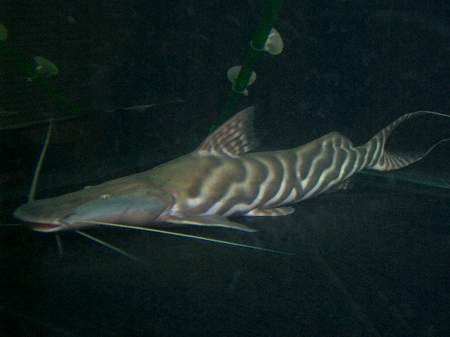

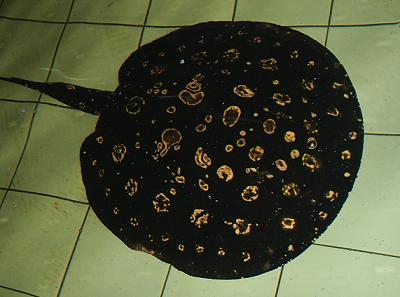
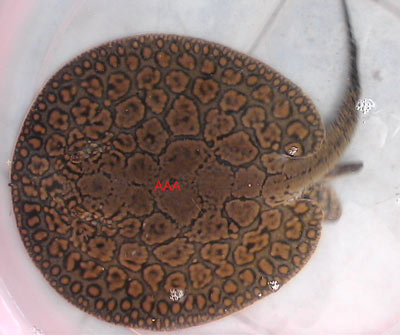
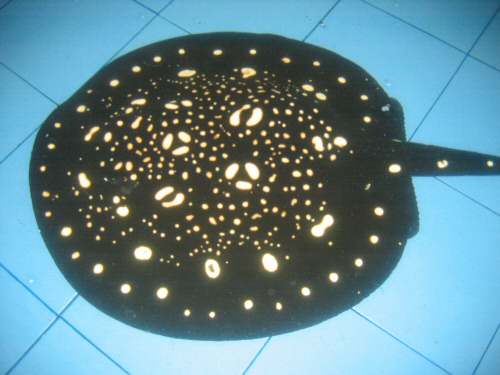
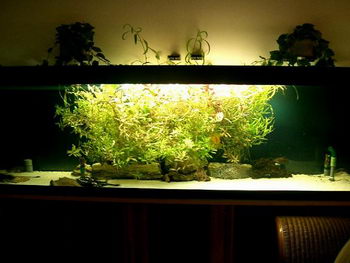
ฉลามมมมมมมมม บุก!!!!!!!!!!!!!!!